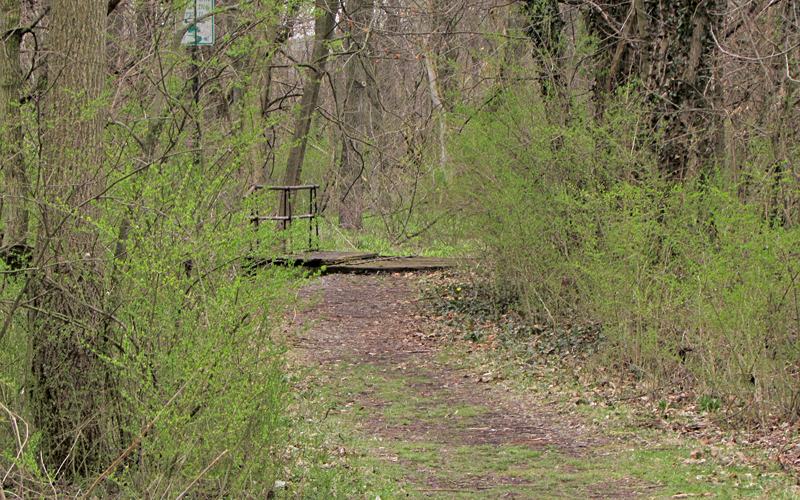Bach wrote two cantatas for the fourth Sunday after Easter, also known as Cantate. Last year I posted BWV 166, so this year I'll post BWV 108, Es ist euch gut, daß ich hingehe (It is good that I go away, Leipzig 1725). This one digs deep into the concept of Christ going away so that the Holy Spirit can come to guide the disciples, with the text taken from John 16 and expanded by Christiane Mariane von Ziegler. Here's the late Craig Smith of Emmanuel Music on this cantata:
Jesus’ predictions of what would happen to the church and how his followers would deal with matters of faith after his departure are mostly dealt with in the Gospel of John. These difficult and sometimes esoteric concepts are the basis for most of the Sundays between Easter and the Ascension. The Sunday called Cantate has one of the thorniest readings in the whole lectionary. Marianne von Ziegler uses two extensive quotes from the designated passage from the gospel of John as the cornerstone of her text for the Cantata BWV 108.The work begins with an elaborate aria for bass, oboe d’amore and strings. In it Jesus tells the disciples that it is good that he is leaving them; that only with his absence can the Holy Spirit be there. We have seen only a few weeks earlier, in the profound alto aria in BWV 42, the Holy Spirit portrayed as a vaporous, undefinable thing. The character here is more elegant, perhaps less warm than the previous alto aria. The oboe d’amore takes the lead with an elegant extremely flexible line, so highly ornamented and unpredictable in its direction that the accompanying strings can hardly keep up. By the third bar the opening statement has become mysterious and attenuated. It becomes progressively clear that the melody represents the Holy Spirit, something undefinable and later on clearly characterized [in the KJV] as “for he shall not speak of himself; but whatsoever he shall hear, that shall he speak.” This concept of the Holy Spirit as something that is a reflection of those who perceive it is central not only to the imagery of this cantata, but also to the very structure of the music. The actual bass voice entrance (the voice of Christ) is melodically so transformed from the oboe theme that one has a sense that the Holy Spirit has a life of its own. The oboe part becomes throughout the aria more and more ornamental and elaborate. The voice part only goes into melismas on the words “hingehe” (I depart now}, and “sende” (I will send him to you)The tenor aria #2 begins with an agitated and vertiginous portrayal of the doubt that is eliminated later in the aria. The transformation of the opening theme to something much more elaborate, the 2 nd passage played under the long held “Glaube” (faith) of the tenor, is the central shape of the work. All of the passages on the words “geht du fort” have an ascending lift to them.After a brief and didactic tenor recitative comes the centerpiece of the cantata. The 13th verse from the 16th chapter of John is divided by Bach into three sections. The first describes the coming of the spirit of truth to mankind. Bach uses a lively and somewhat awkward theme It is presented in a rigorously imitative fashion with the instruments doubling the voices. The second part of the verse is also fugal is the previously quoted passage about how the Holy Spirit shall not speak of himself. There is something almost jaunty about this theme. The third section says that the Holy Spirit will show you the future. It is surprisingly an ornamented da capo of the opening material, much longer than the original A section. This is one of the most mysterious and thorny choruses in all of Bach. He seems determined to hide its meaning. Its only real resolution is in the beautiful alto aria.We have seen Bach occasionally use a very block like phrasing to present ideas of great clarity and simplicity. Perhaps the most striking example in the 2nd Jahrgang was the lovely tenor aria in Cantata BWV 93. Although the musical ideas in the alto aria here (#5) are more ornamental, it has the same clarity of phrasings, something that has been noticeably lacking in the previous three concerted pieces of this cantata. Although that clarity becomes somewhat and purposely clouded through the course of the aria it is obvious that he sees this aria as a resolution of some type. It is richly scored for strings, with such beautiful and full harmony that it falls as a balm on the ears after the chorus. There is a particularly wonderful spot where the alto sings an elegant, almost ceremonial, sounding line over a simple string accompaniment that really resolves our doubts. Later on when the alto sings rhapsodically of eternity the voice line crosses all of the phrases set up by the strings in a most creative way.The beautiful chorale "Kommt her zu mir, spricht Gottes Sohn” appears rarely in the cantatas. This is one of the great harmonizations in the 371 and makes one sorry that we don’t see it more often.
© Craig Smith
This week's performance is from a recording by the Amsterdam Baroque Orchestra & Choir under the direction of Ton Koopman. Enjoy!
Photo © 2017 by A. Roy Hilbinger










































.jpg)


























